The tech world loves thinner phones. Sometimes breaking the rule makes more sense. Apple's upcoming iPhone 18 Pro Max looks ready to challenge what we expect from a flagship, and the engineering behind that shift shows a strategy in motion.
According to reports from Chinese tipster Instant Digital, Apple is preparing its most substantial iPhone ever, both in mass and ambition. We are looking at a device that could exceed 243 grams and measure around 9mm thick, making it heavier than any iPhone before it. That is a deliberate step away from the company’s thin and light mantra, in favor of capabilities that do not fit inside a wafer-thin shell. Why now? Because the trade-offs finally look worth it.
Breaking the weight barrier: What the numbers tell us
Here is where the numbers get interesting. The iPhone 18 Pro Max is expected to surpass the current heavyweight champion, the iPhone 14 Pro Max at 240 grams, as noted by industry sources. It could land around 243 grams, which would add roughly 10 grams compared to the iPhone 17 Pro Max’s projected 233 grams.
Ten grams sounds tiny, about two pennies. In your hand all day, on a long call, or tapping out messages one-handed on a train, it is not nothing.
The thickness tells an even clearer story. Based on current predictions, we are looking at about 9mm compared to the iPhone 17 Pro Max’s 8.8mm profile. That extra 0.2mm creates crucial internal volume for thermal management tied to Apple’s 2-nanometer A20 Pro chip and the new steel-shell battery construction.
The timing fits. While others chase millimeter bragging rights, Apple seems to be betting that what a phone can do matters more than how thin it looks in a product shot.
The power play: Why bigger might mean better
Apple’s decision to bulk up the iPhone 18 Pro Max is not arbitrary, it is tied to hardware that needs room. The company is reportedly using a steel/metal-wrapped battery casing (similar to recent teardown reports), according to industry sources. This is not a minor tweak; it enables larger battery capacities while meeting safety needs through better heat control and stronger structure.
Layer in the silicon shift. The iPhone 18 Pro Max will debut Apple’s first 2-nanometer A20 Pro chip, built using TSMC’s most advanced manufacturing process, as reported by multiple sources. It promises up to 15% better performance and 30% improved efficiency versus current chips, according to technical analysis.
Here is the strategic leap. Apple is moving toward complete hardware autonomy. Supply-chain and reporting suggest Apple plans to debut a second-generation in-house modem (C2) in Pro models, a step toward reducing reliance on Qualcomm over time. That kind of in-house control lets Apple tune thermals and power as one system, where the steel-shell battery, chip architecture, and custom modem do not fight for space and energy.
Think about it this way. Apple is redesigning the inside to behave like a single, coordinated machine. The added thickness leaves room for vapor chamber cooling, saner component placement, and power distribution that does not choke under load.
Camera revolution: Hardware that demands space
Photographers should be paying attention. The extra volume directly enables camera hardware that feels like a true generation shift, not a spec bump. Apple is introducing variable aperture tech to the main camera, allowing DSLR-like control over depth of field and light intake, according to camera technology reports.
This is not just marketing talk. Variable aperture changes how you shoot. Go wide open for a creamy portrait, then stop down for cityscapes with crisp lines, and keep exposure in check as lighting changes from café window to street at dusk.
The telephoto system is getting its own leap. The iPhone 18 Pro Max leaks indicate a 48-megapixel telephoto (or 48MP sensors in the family) and supply-chain reports name Samsung as a possible multi-layer sensor supplier; these remain unconfirmed. Faster readout and cleaner low light are the aim, based on supplier information.
The mechanics are no joke. Variable aperture needs a precise, motor-driven iris. The advanced sensor wants robust heat control and rapid data handling. The thicker body gives these parts room to breathe and keeps the frame rigid enough to hold optics in alignment. Try doing that in a paper-thin slab.
Display innovation: The push toward seamless screens
Apple’s display ambitions might be the trickiest reason for the Pro Max’s new dimensions. The company is implementing Hole-in-Active-Area, or HIAA, technology that lets Face ID sensors work beneath the display surface, according to display technology reports. It is a big step toward a screen that finally feels edge to edge.
The engineering lift ties back to Apple’s integration playbook. As noted in technical analysis, Apple is testing under-display solutions for the complex Face ID hardware while holding the security line that sets it apart. The selfie camera shifts to a smaller punch-hole, while Face ID components work invisibly beneath the pixels.
Here is the rub. Face ID projects thousands of infrared dots to map your face. Moving that system under high-resolution OLED pixels demands precise manufacturing, reliable infrared transmission, and extra processing that adds heat. All of that calls for more robust thermal handling, which a thicker frame can support.
This is not just about hiding sensors; it is about a unified hardware platform where display tech, cameras, processors, and batteries cooperate instead of competing for scraps of space.
What this means for the Apple ecosystem
The iPhone 18 Pro Max’s size signals more than another yearly refresh. It reads like Apple acknowledging that phones have matured, and function now beats thinness in the real world.
Research points in the same direction. People want longer battery life more than a razor profile. They want pro-grade photos more than shaving off a millimeter. They want cutting-edge screens and silicon, even if the internals get more complex.
The device is expected to launch in September 2026 alongside Apple’s first foldable iPhone, according to release timeline reports. Pricing will likely reflect the advanced technology integration, with estimates suggesting the Pro Max could start around $1,199, based on industry analysis.
If you live inside Apple’s ecosystem, this looks like a real inflection point. The company seems willing to shelve its thin and light reflex to ship features that change what you can do with a phone. Will people buy into that trade? My hunch, if the gains land where they matter, battery life and camera first, they will.
And the competitive backdrop makes it spicier. While rivals polish within old constraints, Apple is betting that breakthrough capability beats convention. Substance over style, at least when the upgrades are genuinely transformative.







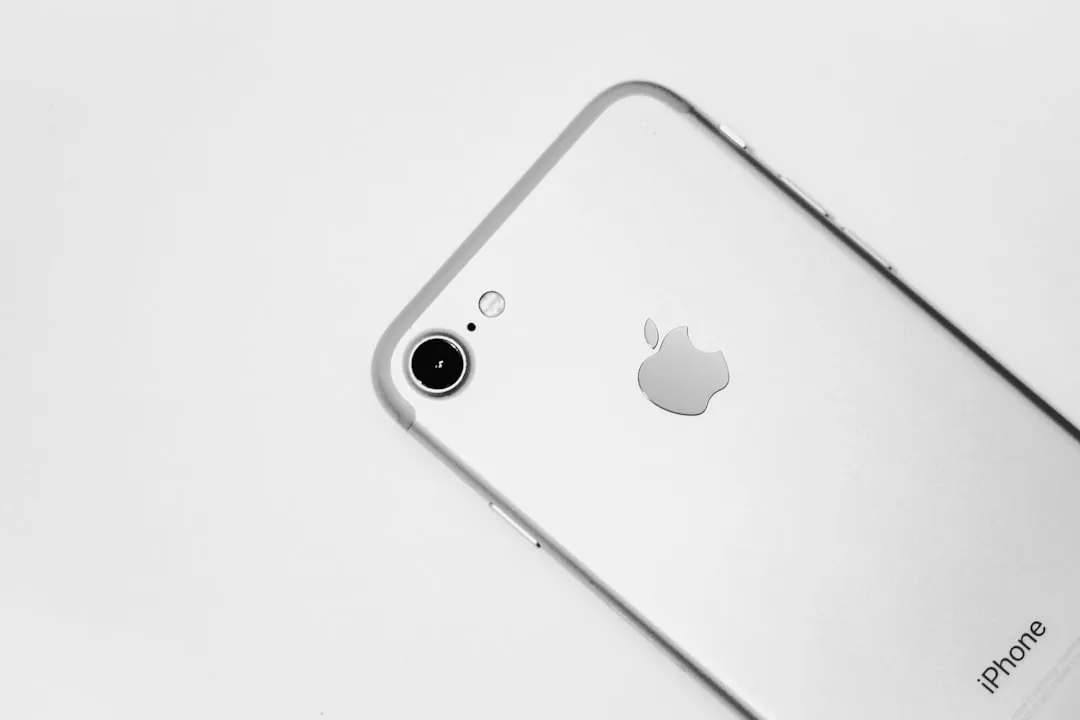

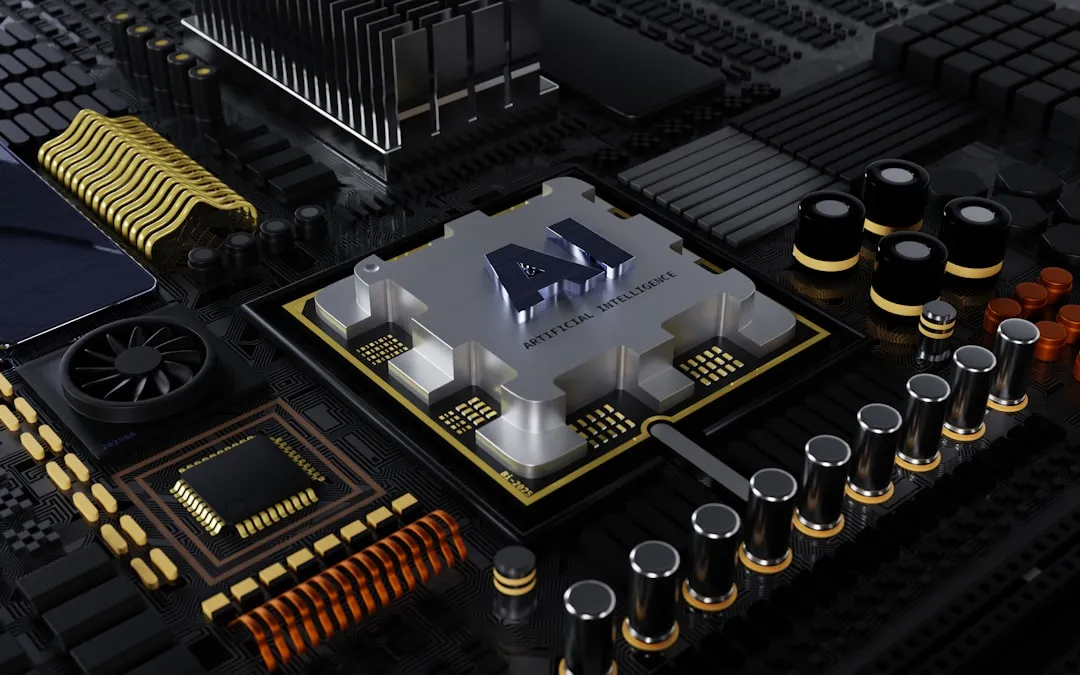
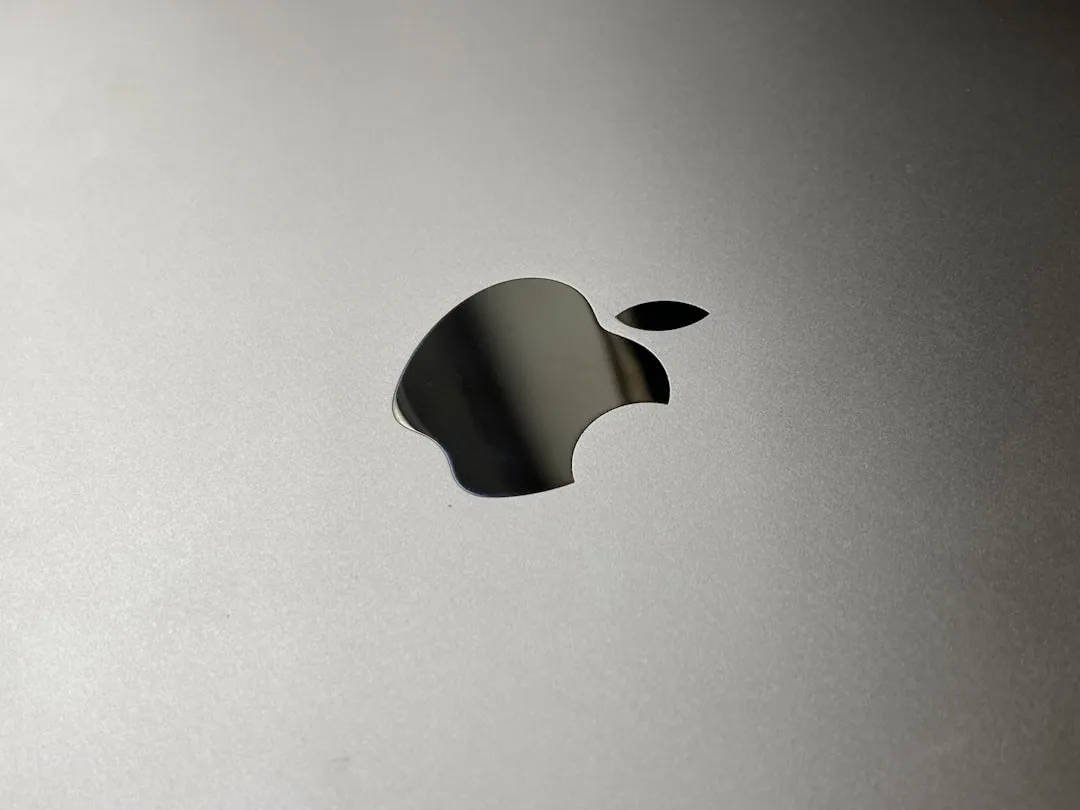
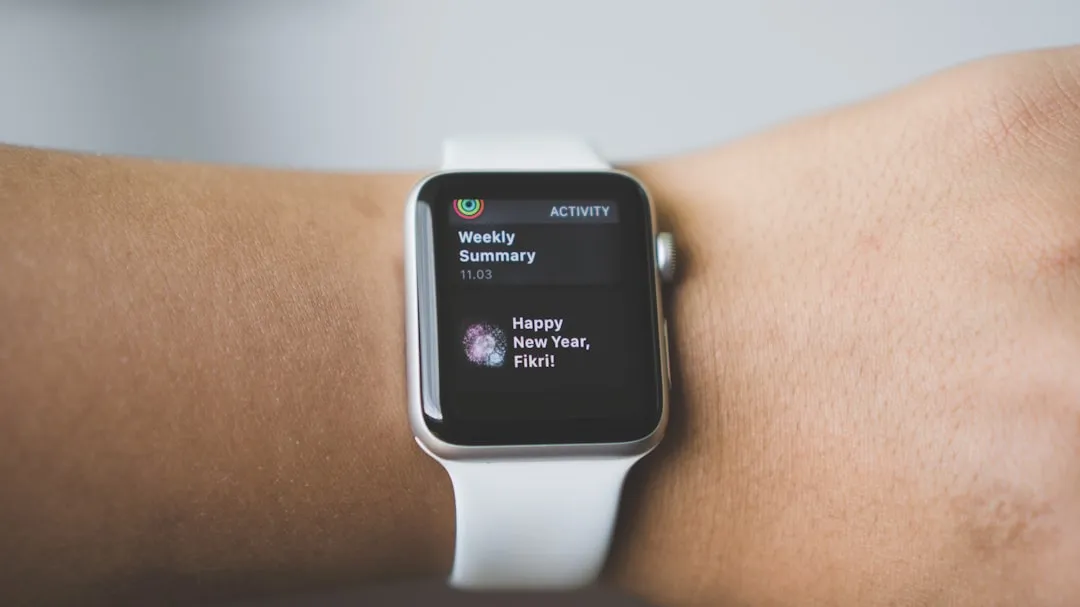
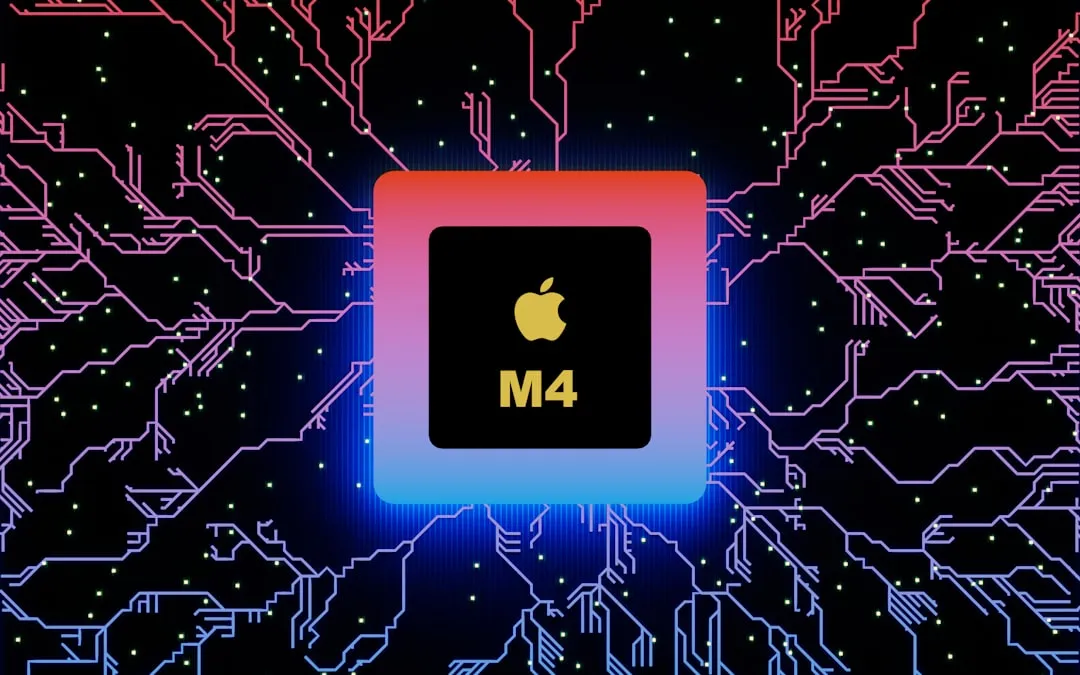






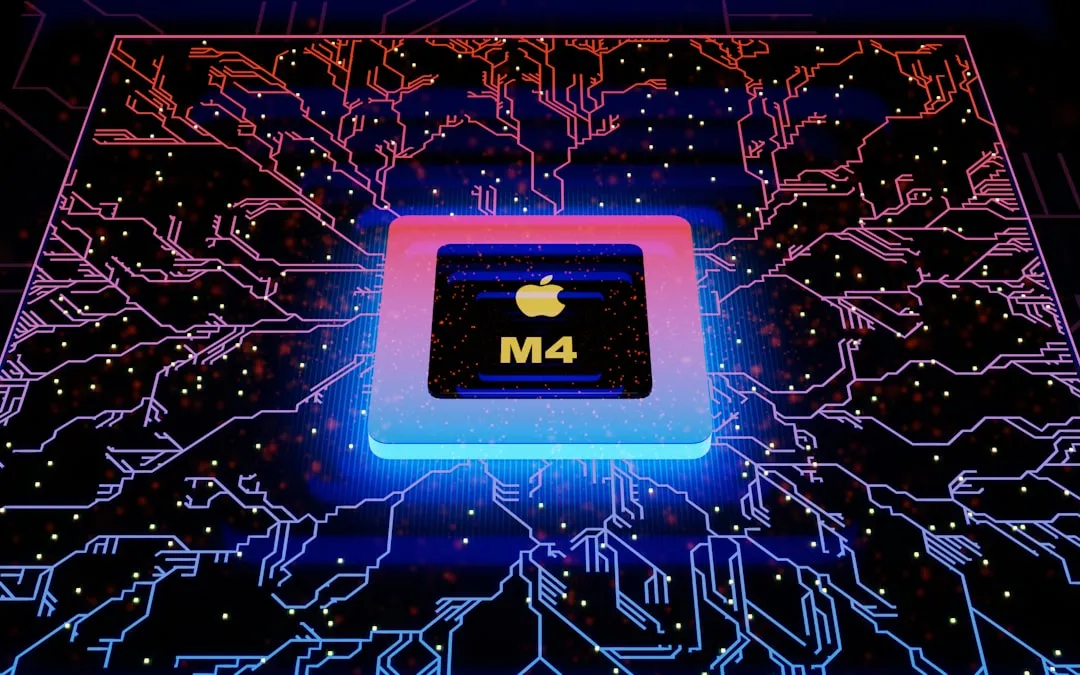


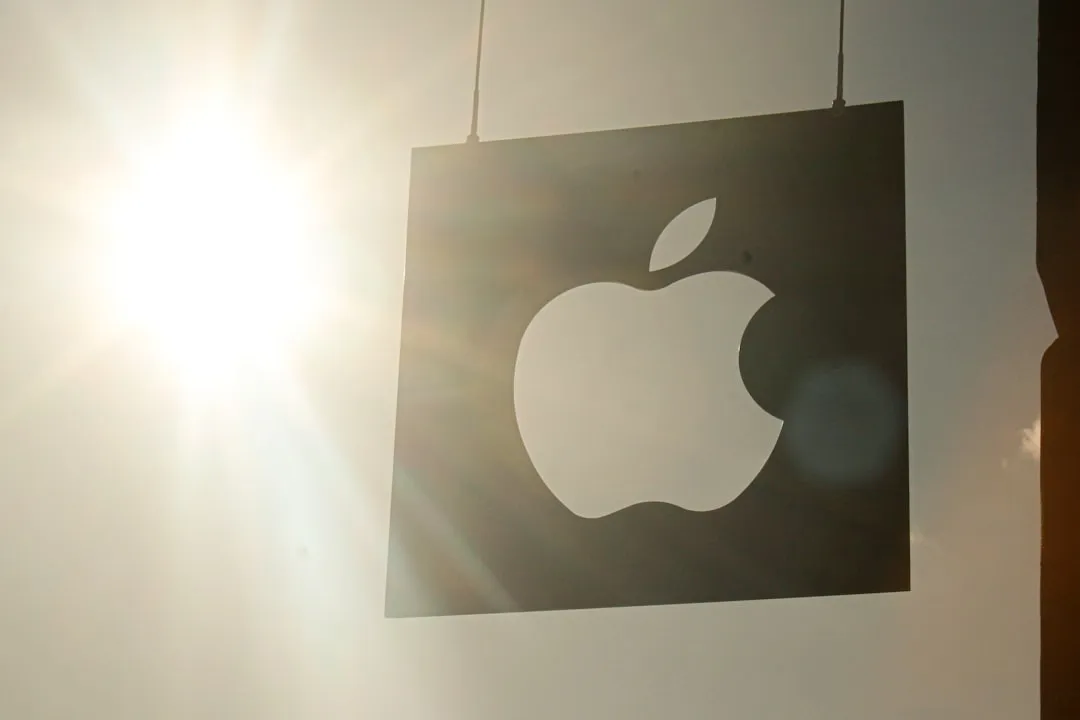
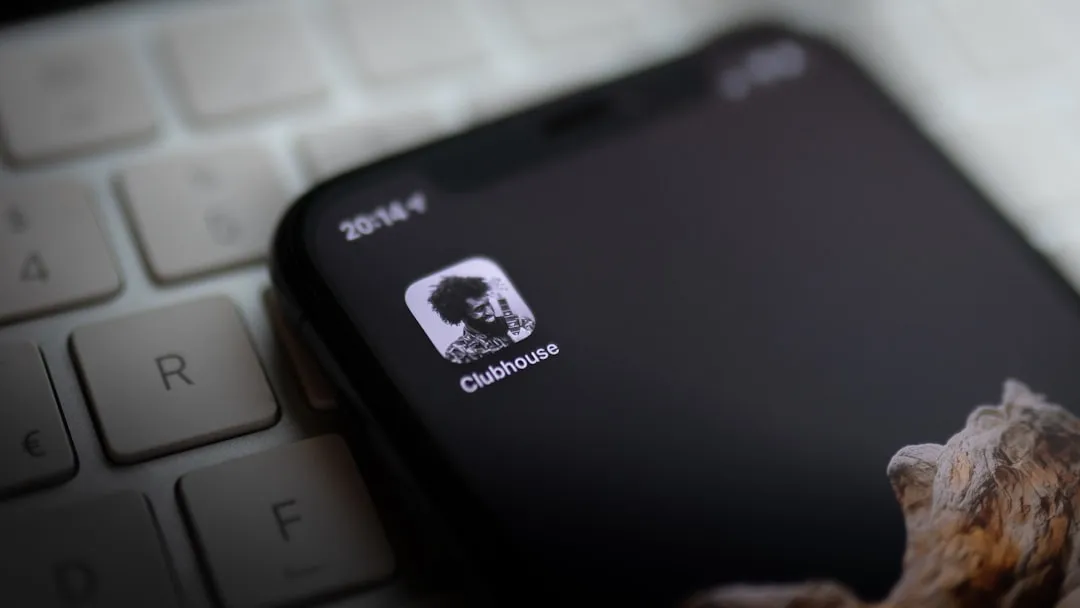
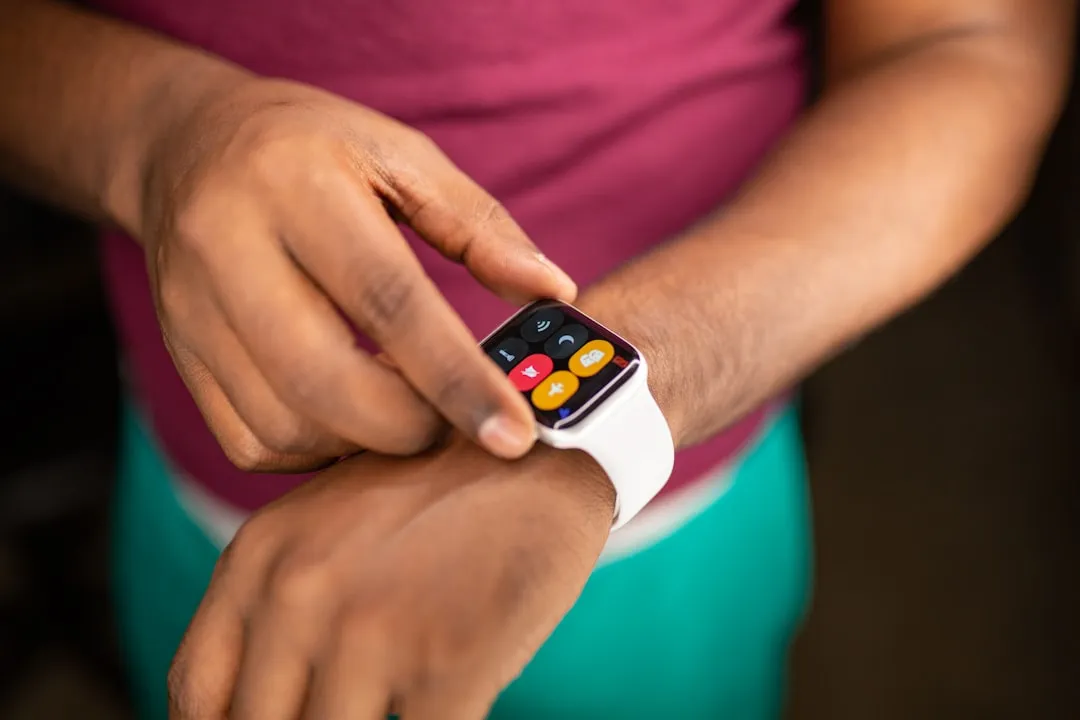

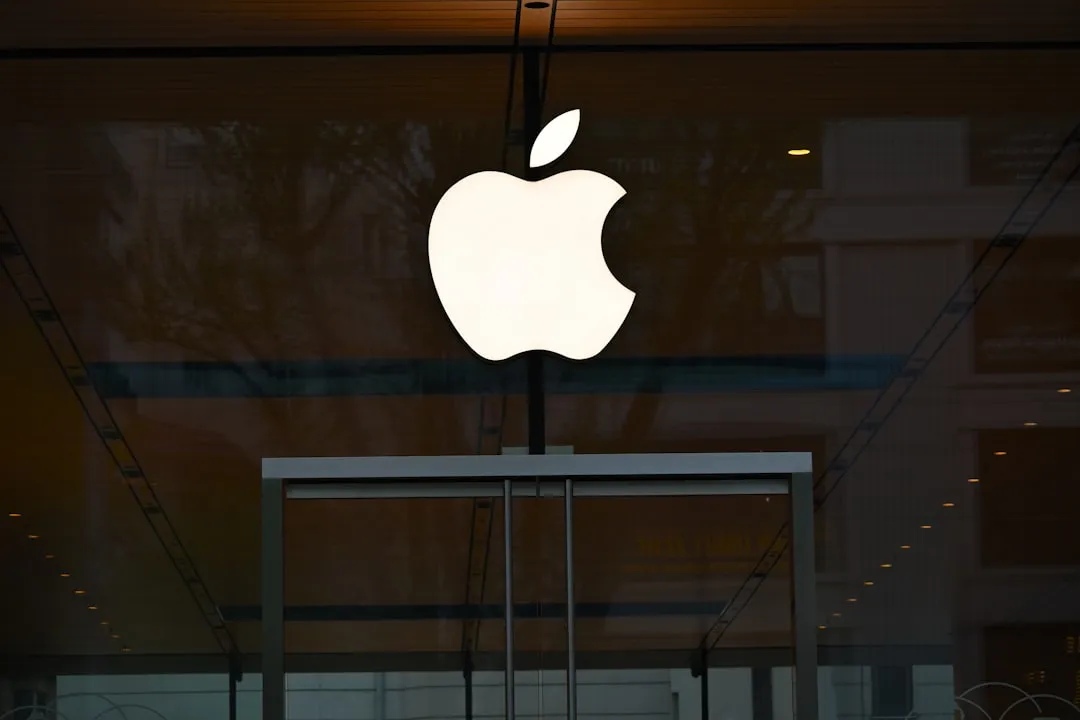

Comments
Be the first, drop a comment!